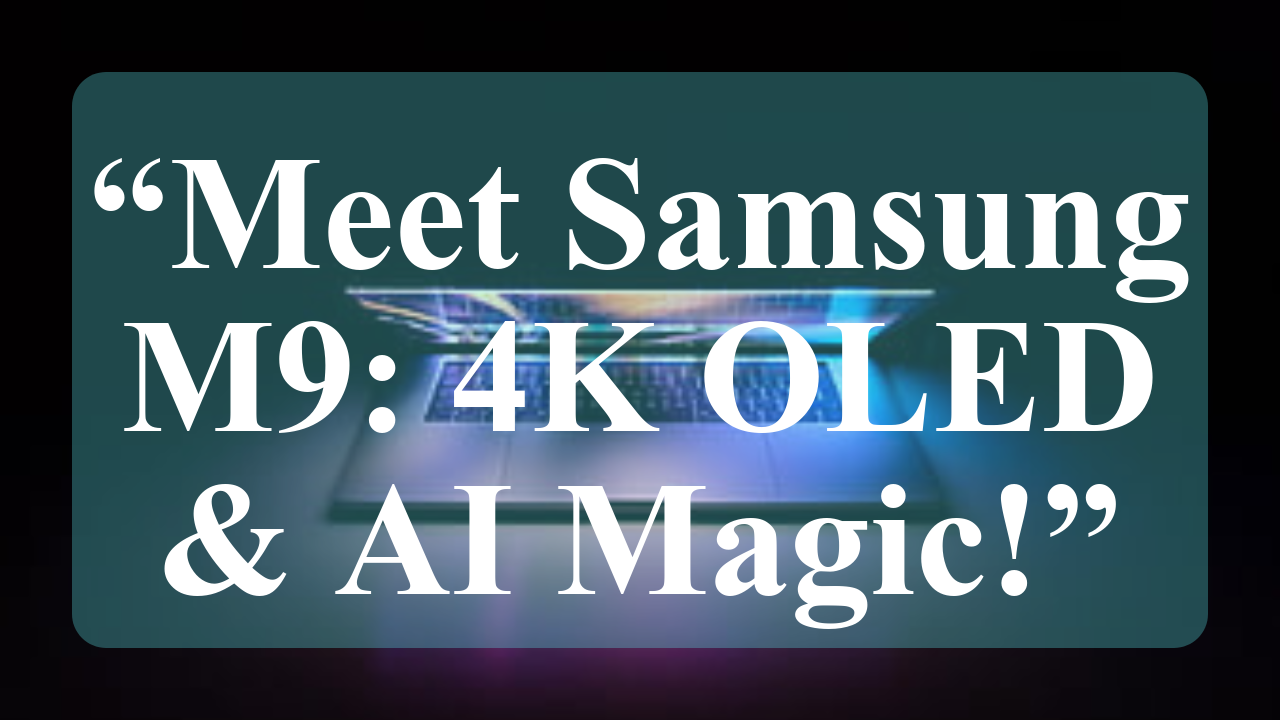Samsung Electronics has unveiled its 3nm Gate-All-Around (GAA) process, marking a significant leap in semiconductor technology. The Exynos 2500, the first chipset to use this node, promises enhanced power efficiency and AI capabilities. Despite past yield challenges, Samsung aims to strengthen its foundry business, competing with TSMC to power next-gen devices like the Galaxy Z Flip 7.
Samsung’s 3nm GAA Process: A Game-Changer for Chip Manufacturing
Exynos 2500: First 3nm GAA Chipset
Samsung introduced the Exynos 2500, its flagship mobile processor, as the first smartphone chipset fabricated on the 3nm GAA process. Launched on June 23, 2025, it features a 10-core CPU cluster, a new neural processing unit (NPU) with 59 TOPS for AI tasks, and supports 320MP camera sensors. The chipset is designed for the upcoming Galaxy Z Flip 7, showcasing improved power efficiency through Fan-Out Wafer-Level Packaging (FOWLP).
3nm GAA Technology Explained
The Gate-All-Around (GAA) architecture, first deployed by Samsung in 2023 for the Exynos W1000 wearable chip, surrounds the transistor channel on all four sides, enhancing performance and reducing power consumption compared to FinFET. The 3nm node offers up to 34% better efficiency and 22% higher performance than Samsung’s 4nm process, positioning it as a critical technology for AI-driven and high-performance devices.
Yield Challenges and Improvements
Samsung’s foundry faced setbacks with its 3nm GAA process, with initial yields below 30%, deterring major clients like Nvidia and Qualcomm. Recent reports indicate yields have improved to around 40%, sufficient for mass production, though still lagging behind TSMC. Samsung is now targeting 60–70% yields for its 2nm GAA node by mid-2026 to regain customer trust.
Strategic Shift to 2nm and Beyond
Samsung has delayed its 1.4nm node to 2029, focusing instead on refining its 2nm and 4nm processes. The second-generation 2nm GAA (SF2P) is set for mass production in 2025, with a third iteration (SF2P+) planned for 2026. The Exynos 2600 and a potential Snapdragon 8 Elite Gen 2 for the Galaxy S26 are expected to leverage the 2nm node, signaling a shift toward stability over node shrinkage.
Competitive Landscape
Samsung’s foundry business struggles against TSMC, which dominates with higher yields and major clients like Google, Nvidia, and Qualcomm. Google’s switch to TSMC for its Tensor G5 chips was a blow, leaving Samsung’s Exynos division as its primary 3nm customer. However, rumors suggest Samsung is pursuing Nvidia for 2nm GPU orders, aiming to diversify its client base.
Market Impact and Client Outreach
Samsung’s foundry reported a 56% profit drop in Q2 2025 due to sluggish AI chip sales and low 3nm adoption. To counter this, Samsung is hosting partner-exclusive events in 2025, replacing its Samsung Foundry Forum, to rebuild customer relationships. Potential deals with Qualcomm for a 2nm Snapdragon variant and Nvidia could signal a turnaround.
Disclaimer: This article is based on recent news reports and industry sources. Information regarding Samsung’s foundry yields and client contracts may be subject to change. Always verify with official announcements for the latest updates.




